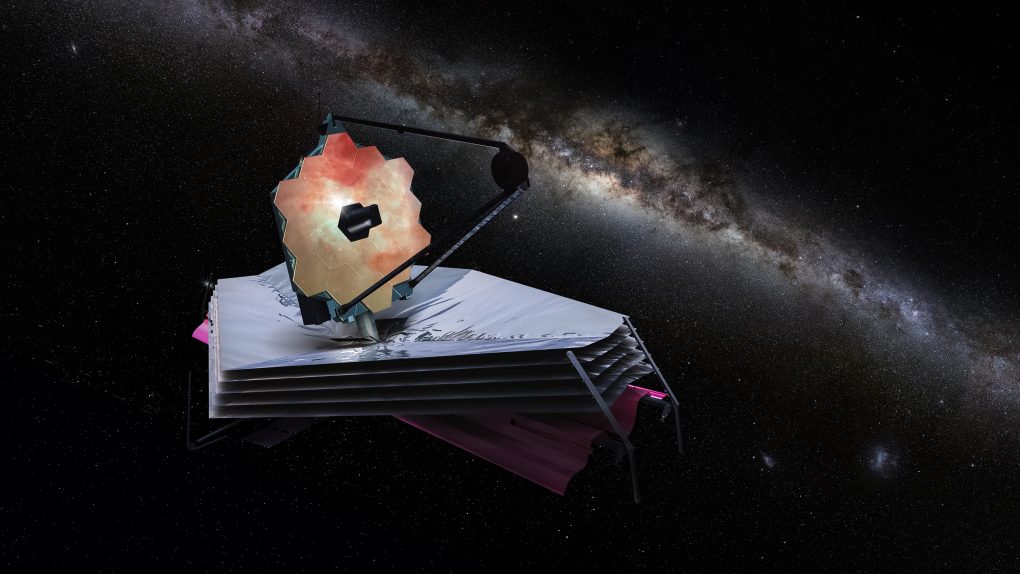James Webb continues to amaze with the work that it is doing. The latest image the James Webb team shares is of two massive galaxies smashing together. The galactic collision is so intense that what appear to be sparks can be seen shooting out from the galaxies as they collide. Even more intriguing is that neither galaxy seems to have a supermassive black hole at the center.
James Webb captures amazing image of two massive galaxies smashing together
Galactic collisions aren’t an unexpected or uncommon phenomenon. In fact, James Webb recently captured an image of the Cartwheel Galaxy, another galaxy made by a massive collision of two galaxies. This latest image, which captures IC 1623 and VV 114 is especially intriguing. Not only does the image of two galaxies smashing together look like it’s sparking, but there’s no evidence of a black hole either.
Most galaxies have an active supermassive black hole at the center of them. Our own Milky Way does, and we’ve even captured an image of that black hole before. When two galaxies collide, astronomers expect the black holes at the center of each galaxy to be especially active. That’s because this kind of incident rips huge streams of material off each galaxy.
Subsequently, the collision usually causes massive shock waves that pass through the colliding galaxies. However, when the researchers began analyzing the two galaxies smashing together, they found that neither appeared to have an active black hole. The image can be seen in the tweet from New Scientist above.
Galactic anomaly

The lack of any signs pointing towards active supermassive black holes is intriguing. However, the researchers can’t guarantee that just yet. As they noted, the presence of the black holes may be harder to detect. They could be hidden within the mass of the galaxies smashing together. Additionally, it’s possible they just aren’t active for some reason.
Black holes often siphon material from nearby stars. As such, this collision seems like a perfect way for any black holes in the area to freely feed off the collision’s resulting mess. However, there’s still a lot we don’t know about black holes in general, and the amount of colliding gases and materials in these two galaxies smashing together could simply be masking the presence of one.








